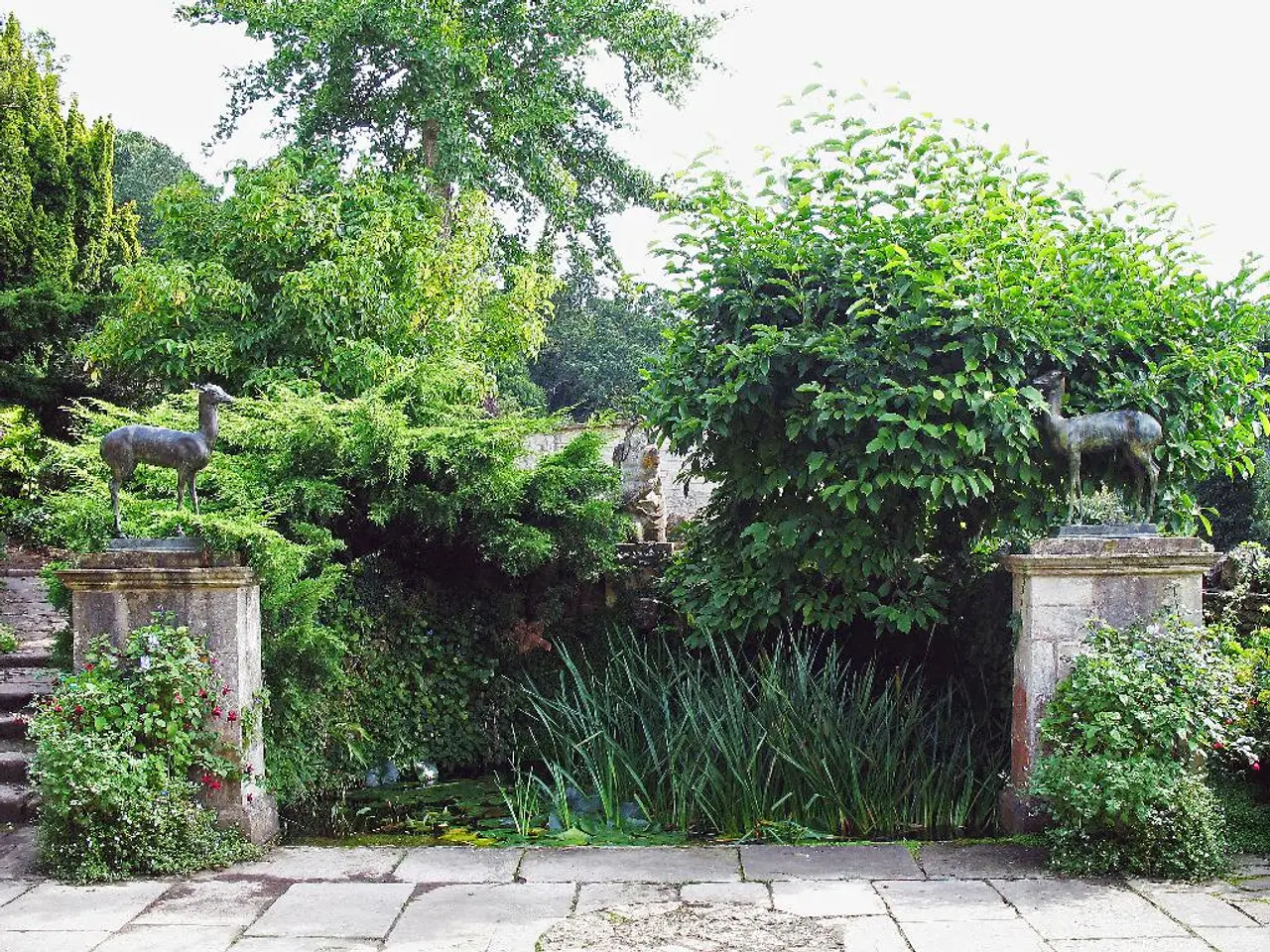Exploring Humanity Through the Medium of Stone at Vigeland Park
Exploring Vigeland Park: A Journey Through Human Life
Nestled a little outside Oslo, Norway, lies a unique gem – Vigeland Park, the world's largest sculpture park created by a single artist, Gustav Vigeland.
A Historical Tour
The park, officially launched in 1921, was the culmination of many years of work by Gustav Vigeland, who began planning it in 1902. The park's full tour takes around two hours, and it offers a captivating insight into the artist's vision.
A Symphony of Human Figures
Vigeland Park features over 200 nude human sculptures, each with a unique expression, simplicity, and diversity of posture. These figures, crafted from bronze, granite, and wrought iron, depict men, women, and children in realistic and often emotionally charged scenes of daily life.
Iconic Sculptures
One of the park's most iconic sculptures is the "angry baby" (Sinnataggen), now one of the symbols of Oslo. Another notable sculpture is The Monolith, the central piece of the park, standing tall at 17 metres and carved from a single granite block, featuring 121 intertwined human figures.
Exploring the Themes
The park's themes revolve around the journey of life, human relationships, love, ageing, and the emotions that define the human condition. In The Fountain, six giant figures support a massive vessel on their shoulders, and 20 sculpted trees represent different stages of human life. The surrounding sculptures encapsulate the cycle of life and the intricacies of human relationships.
A Contemplative Space
The park's surrounding plaza is paved with a three-kilometre-long black-and-white granite mosaic labyrinth, adding to its contemplative atmosphere. The park is open to the public at all hours, intentionally kept free of commercial distractions to maintain this peaceful space for visitors.
The Vigeland Museum
Adjacent to the park is the Vigeland Museum, housed in Vigeland’s former studio. It provides insight into his artistic process, displaying preparatory works and more intimate sculptures, deepening understanding of his artistic breadth and his impact on Norwegian culture and art history.
A Cultural Landmark
Vigeland Park is one of Oslo's most popular tourist attractions and a cultural landmark portraying universal human experiences. After visiting the park, many visitors, like the author of this article, are left with a strange yet beautiful feeling and a sense of connection to the artist.
[1] Vigeland Museum. (n.d.). Vigeland Park. Retrieved from https://www.vigeland.museum/en/vigeland-park/
[2] Visit Oslo. (n.d.). Vigeland Park. Retrieved from https://www.visitoslo.com/en/see-and-do/vigeland-park
[3] Lonely Planet. (n.d.). Vigeland Park. Retrieved from https://www.lonelyplanet.com/norway/oslo-and-surrounds/attractions/vigeland-park/a/poi-sig/1514510/363251
Embarking on a journey beyond Oslo's cityscape, one can find Vigeland Park, a testament to human life encapsulated in sculptures, which also serves as a testament to the artist's travel-inspired lifestyle.As part of a broader exploration of human experiences, a visit to Vigeland Park offers not only a historical tour of Gustav Vigeland's work but also a sampling of the diverse types of travel experiences that delve into the depths of human emotions and life's inherent narratives.




